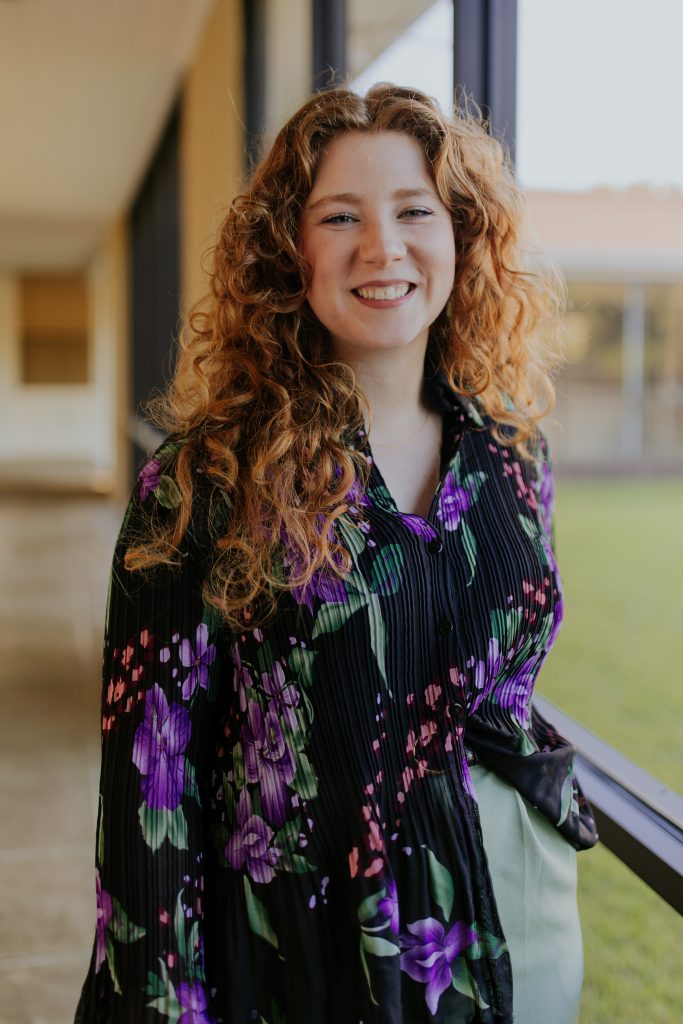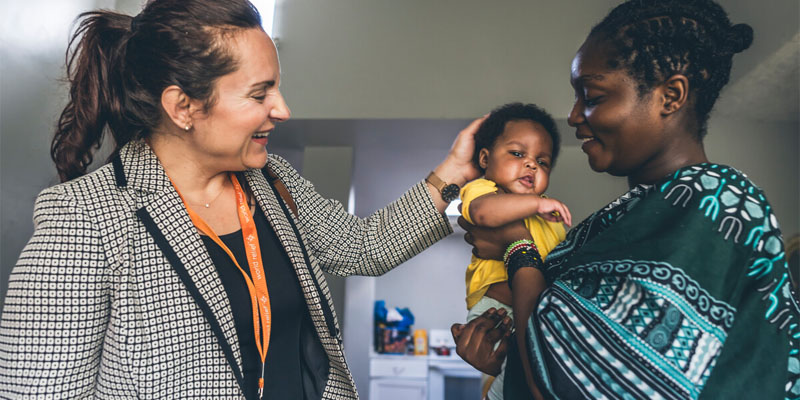We are reflecting this month on Independence Day and the freedom that has attracted people to the United States. At World Relief Memphis, we often reflect on America as a country of immigrants and displaced persons. Throughout the generations, people have immigrated to the U.S. and established new lives. That continues today!
Asylees are just one of these immigrant groups.
The amount of competing information around immigration can be overwhelming. But World Relief has been welcoming immigrants in partnership with churches and compassionate individuals like you since the 1970s, and for over 10 years here in Memphis!
World Relief Memphis specifically assists those who are seeking safety through various pathways established by the United States Government. In this five-part series, with help from our Initial Welcoming Services and Newcomer Outreach Service teams, we will be sharing the various different legal pathways to the U.S., how those pathways began, how we come alongside new arrivals, and how you can join us in welcome.
Background
The history of asylum began when refugee resettlement laws started to form in the mid to late 1900s. Under the Refugee Act of 1980, the United States created legal obligations to provide protection to those who qualify as refugees (State Dept.). That means that Asylum seekers prove the exact reasons for persecution as a refugee and cannot return to their home country due to past or well-founded fear of future persecution “on account of race, religion, nationality, membership in a particular social group, or political opinion.”
The difference about asylum seekers is that protection is granted to those “already in the United States or arriving at the border” who can prove their fear of persecution. (American Immigration Council). Another critical point is that not all asylum seekers are granted asylum.
The U.S. Asylum Process
The asylum process is complicated, but the more we learn, the better neighbors we can be for our immigrant brothers and sisters. Let’s break it down by going over the key points:
- All asylum cases are handled by the USCIS, such with all other immigration pathways to the United States.
- The U.S. admits around 25,000 asylees each year, but currently there is no limit set by the government.
- An asylum case begins when a person seeking asylum arrives at a U.S. port of entry:
- Border crossing
- Airport
- Seaport
- Once at an entry point, there are generally 2 types of cases the person will fall under:
- Affirmative Asylum: This is known as a “regular” asylum case. This is where the applicant is present in the United States and can apply at any port of entry by filling the official application for asylum and withholding of removal or deportation. The applicant then goes into a series of interviews to prove their case.
- Defensive Asylum: This term references when removal proceedings have already begun. “The applicant is asking for the government to reverse its decision to deport and allow them to remain in the United States via asylum. An immigration judge makes a decision independent of any previous decision by USCIS.”
- Proving an asylum case is a long process in itself, as they must provide evidence they can show to a court or the asylum officer conducting their interview.
- While this process is happening, asylum seekers also undergo a USCIS biometrics appointment to be used in their extensive background checks and security screenings.
- If their case is approved then the person or persons on the case can now reside in the U.S., receive work authorization, and have access to healthcare.
- It is important to note that some asylum seekers are allowed to reside in the U.S. while their case is being processed. Some asylum seekers are also granted work permits as well before official case approval.
- After one year, an asylee may then continue on the path of citizenship and apply for permanent residence (green card).
What We Do
World Relief Memphis currently works with those who have approved asylum status, not asylum seekers. This is because we do not offer Immigration Legal Services at our particular office. Until an asylum case is approved, asylum seekers do not yet qualify for the benefits provided to refugees.
Since the asylum approval process can vary in length, by the time their case is approved, many asylees are already well established in their life in the U.S. At our office, the main areas we serve asylees are in our extended case management services:
- Economic Empowerment: aids in job readiness, application process, and placement.
- Holistic Support Services: aids clients in health and wellness goals, especially clients with additional vulnerabilities.
- Refugee and Immigrant Youth Services: provides school enrollment services, group mentoring, and one-on-one mentoring where refugee and immigrant youth learn how to set and meet goals in their personal, school, and post-school life.
- The Connect Language Center: English as a Second Language (ESL) program open to program participants and the general public. Here students are enrolled in ESL classes of varying levels depending on starting knowledge.
How You can Help
The immigration system is broken and it can be overwhelming to learn about and know where you fit in. While we might be tempted to look away, the love of Christ compels us to turn toward the need — to consistently and lovingly step toward those who are hurting. If you’re like us, you’re asking yourself: How can I make a difference and create lasting change when the problems in the world are so big?
The good news is none of us has to take this journey alone. World Relief Memphis has been present and working in this city for the past 10 years and is equipped with 80 years of connections and expertise through the World Relief’s global network. We have been partnering with you, the local church and community to make Memphis a more welcoming community.
Here are 4 ways you can be a part of lasting change:
- Learn: One thing that asylees need while waiting for case approval is community. Learn how to walk alongside our newest neighbors using the World Relief Memphis Workshop! With courses to learn more about cross-culture friendships, reflections on biblical thoughts about immigration, and more!
- Advocate: You have a voice to change the immigration system for the better! Check out our Advocate page to see how you can share your voice on issues like the recent expansion of the Title 42 policy. This policy hinders individuals right to seek asylum, disregarding the terms of longstanding U.S. immigration law. Read more about what World Relief’s President and CEO, Myal Green, shares on the topic here!
- Volunteer: Want to walk alongside individuals and families here in Memphis? Check out our volunteer page to see what opportunity is right for you. You can do everything from apartment set ups, driving clients to ESL classes, mentoring refugee and immigrant youth, to being in a Good Neighbor Team where you get to welcome and walk alongside a refugee family for the first 6 months of their time in the U.S.
- Give: When you give to World Relief Memphis, whether it be once or monthly, monetarily or gift in kind, you are making a big difference in the lives refugees and other immigrants in vulnerable situations.

Writer: Kara Spencer
Communication Coordinator at World Relief Memphis, graduate of Harding University and Memphis native.
If you would like to learn more about World Relief Memphis in the coming months, follow us on social media and sign up for our newsletter to stay up to date on events and volunteer opportunities.
If you are searching for an opportunity to begin making a bigger impact, join our new monthly giving program, The Path, for exclusive updates, virtual events, prayer chains, and stories of hope from the women, men, and children whose lives you change.

